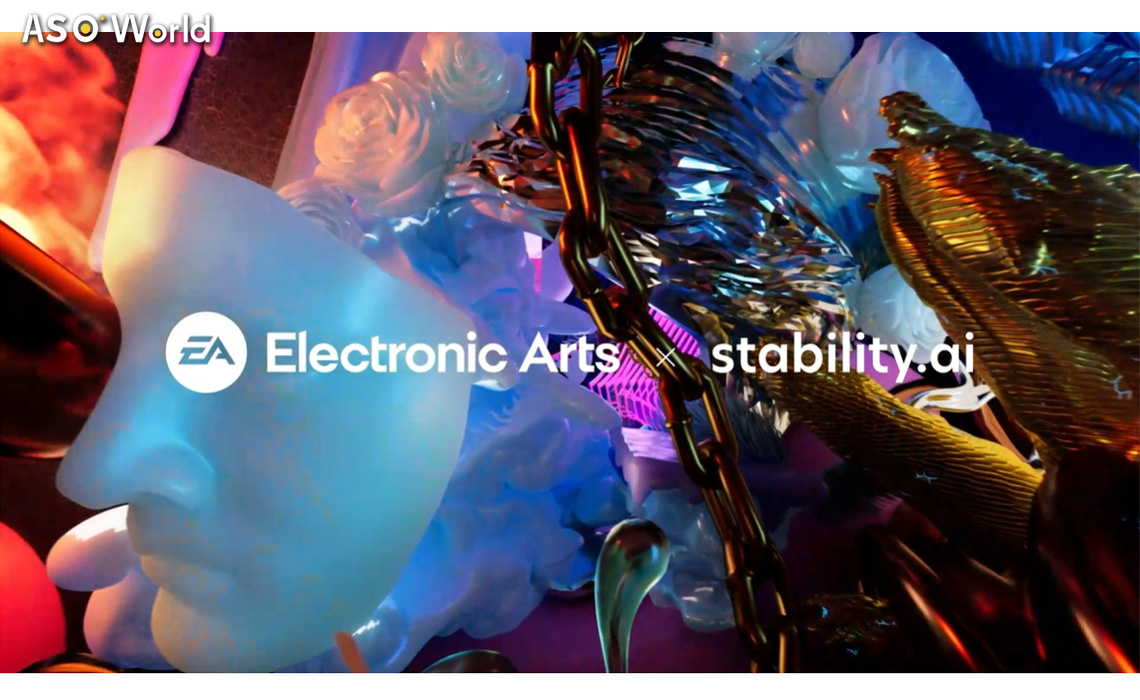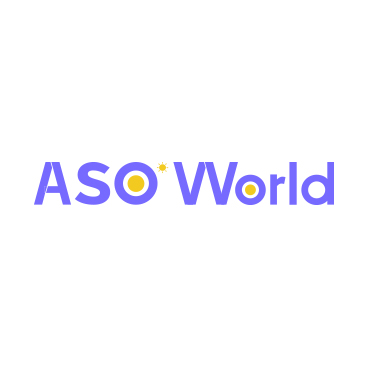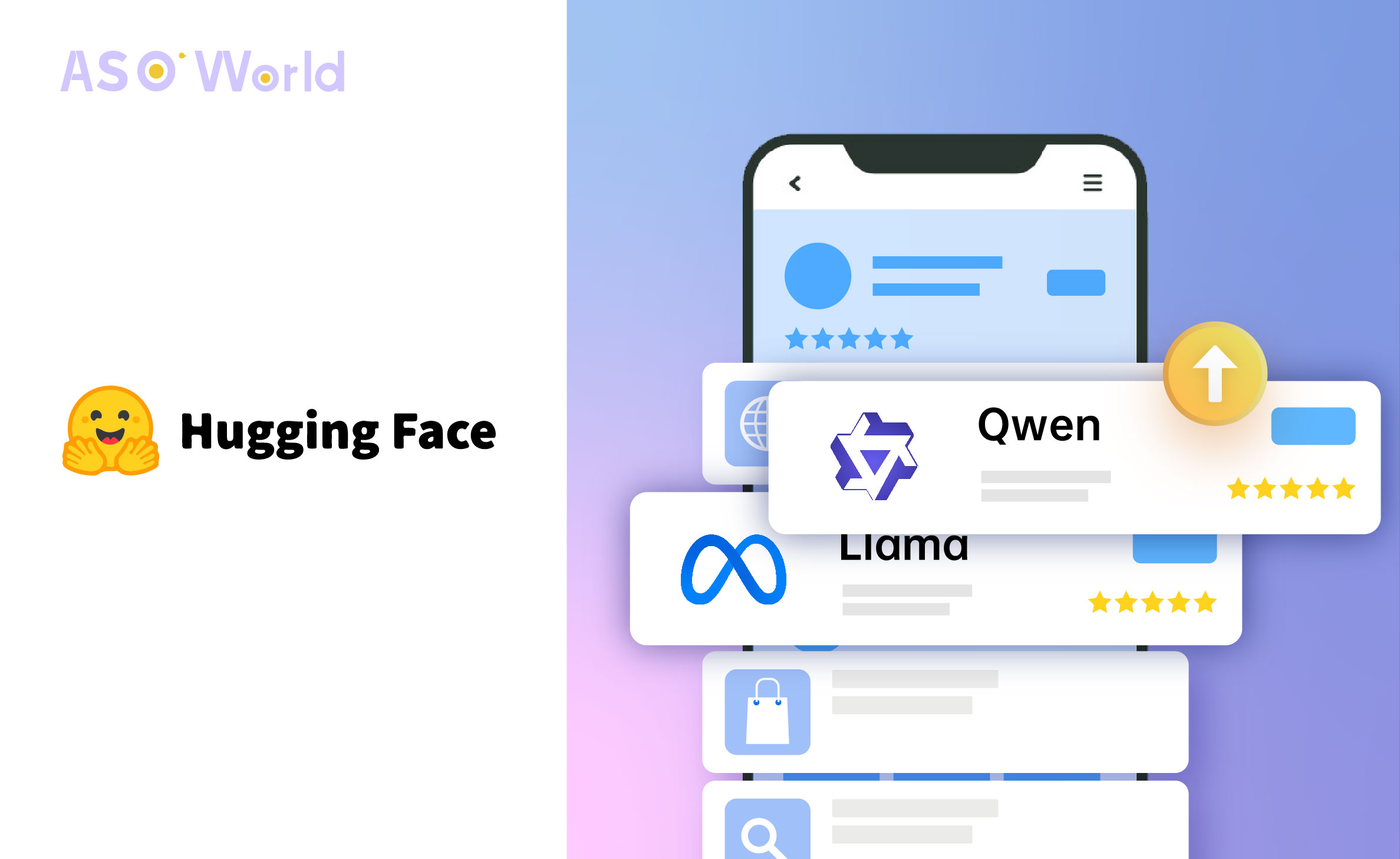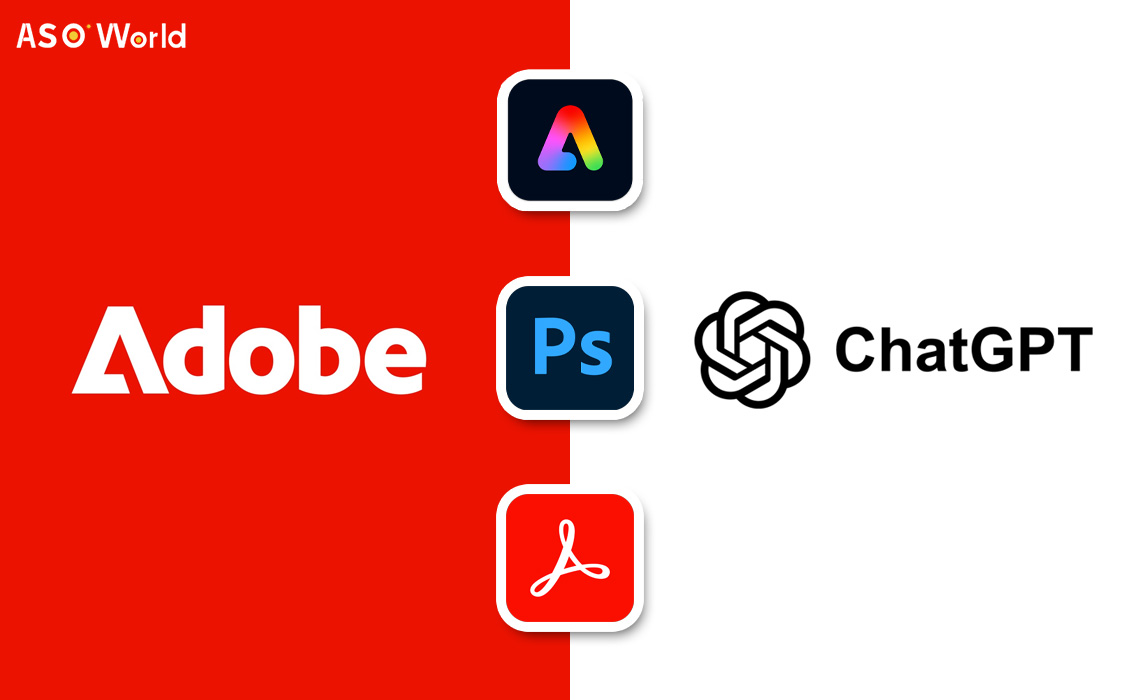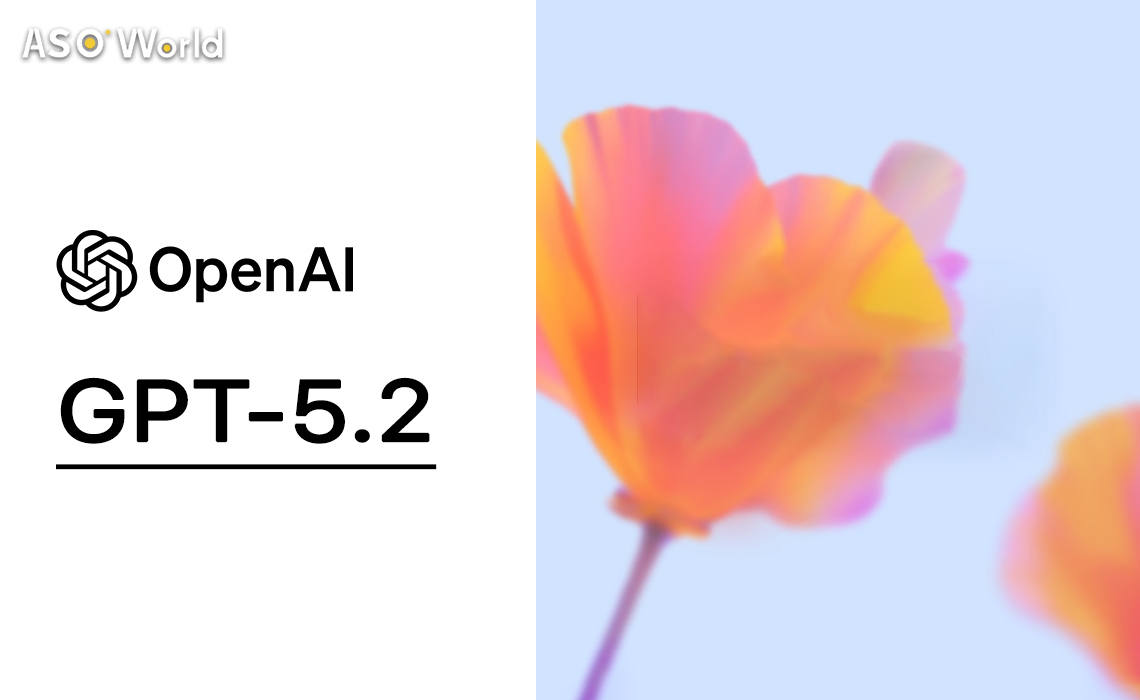Electronic Arts (EA) and Stability AI have announced a strategic collaboration to integrate next-generation artificial intelligence models into its game development process.
The initiative aims to boost content creation efficiency while keeping human creativity at the core of the studio's artistic vision.
The move coincides with EA's ongoing $55 billion leveraged buyout, backed by major global investors, marking a pivotal moment for the company's technological and financial transformation.
AI Tools for Next-Gen Game Creation
The partnership centers on embedding Stability AI's 3D research team directly into EA's creative ecosystem.
The teams will co-develop a suite of AI-powered tools designed to accelerate the creation of physically based rendering (PBR) materials, automate 3D environment pre-visualization, and generate 2D textures with consistent color and lighting precision.
Smarter Tools, Human-Led Creativity
EA describes these systems as "smarter paintbrushes," allowing artists to maintain full creative control while benefiting from faster iteration.
For example, AI-generated materials can simulate the gleam of metal under stadium lights or the texture of wood in soft daylight—tasks that typically require extensive manual tuning.
👉 More Insights on Generative AI in Game Development
Collaboration Between Art & Technology
According to Steve Kestell, EA Sports' Head of Technical Art, the new tools will enable ideas to flow more directly "from people's minds into experiences."
Prem Akkaraju, CEO of Stability AI, emphasized that embedding their 3D research experts with EA's development teams will unlock "the next level in world-building power."
The partnership also explores AI systems capable of generating early-stage 3D visualizations from text-based prompts, allowing artists to direct and refine their concepts with greater speed and precision.
Financial Context & Strategic Motives
The timing of the collaboration aligns with EA's broader restructuring under the historic buyout led by Saudi Arabia's Public Investment Fund, Silver Lake Management, and Affinity Partners, the private equity firm backed by Jared Kushner.
The deal includes approximately $20 billion in debt, raising questions about future cost-cutting and operational efficiency.
Industry analysts suggest that the adoption of AI-driven production tools could help EA offset rising costs, improve output speed, and increase profit margins under its new ownership structure.
However, the company maintains that automation will support, not replace, human creativity.
"AI can draft, generate, and analyze, but it can't imagine, empathize, or dream," EA stated, underscoring its commitment to keeping artistic vision at the forefront.
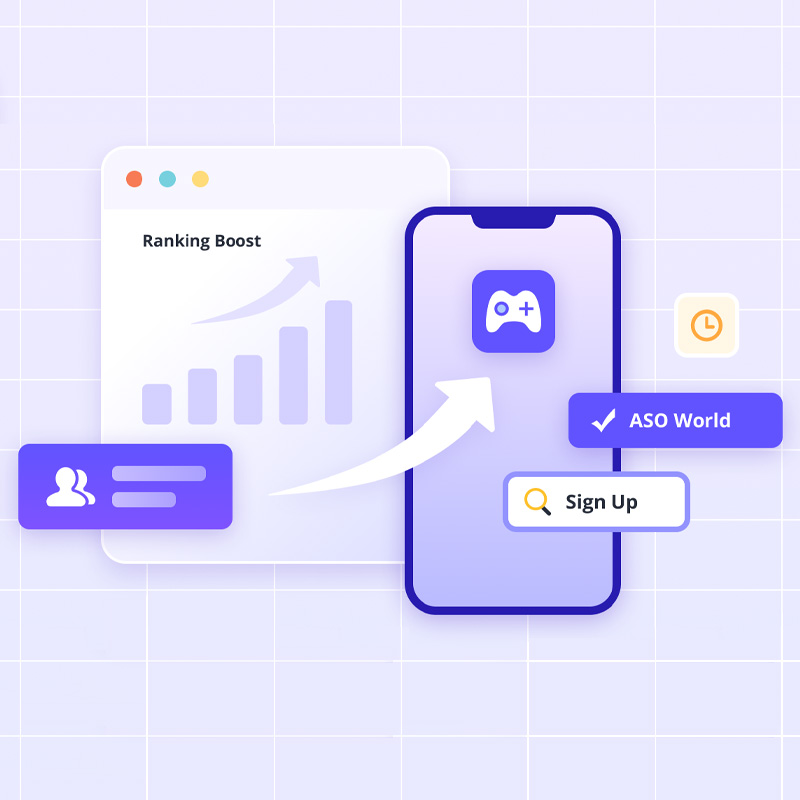
Editor's Comments
EA's alliance with Stability AI highlights the gaming industry's growing shift toward integrating generative AI in production pipelines.
While such tools promise faster workflows and richer visual detail, the real challenge lies in preserving creative integrity amid financial pressures.
If executed effectively, EA could redefine how major studios balance technology, artistry, and profitability.
Yet, as the company undergoes one of the most ambitious buyouts in gaming history, the long-term success of this partnership will depend on maintaining equilibrium between automation and artistic expression.
